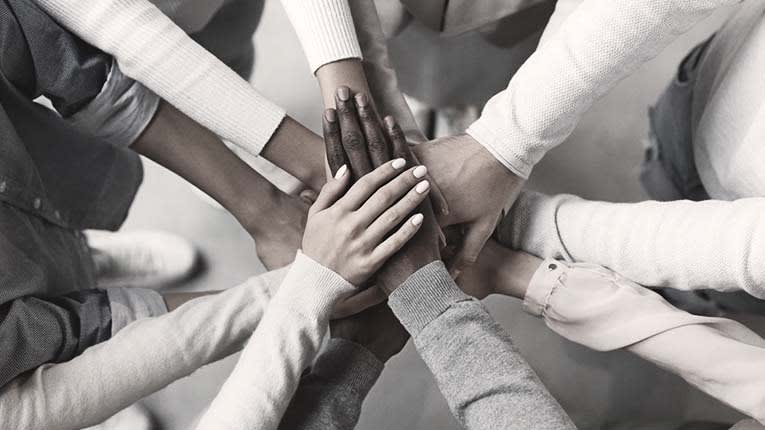Why it's time to add a 'B'—for belonging—to workplace DEI strategy
Even though DE&I has been a renewed and important focus in boardrooms and at organizations across the country, it doesn't go far enough. A better vision is one that adds a &B& to the DEI equation: for &belonging.&

Was this resource helpful?



